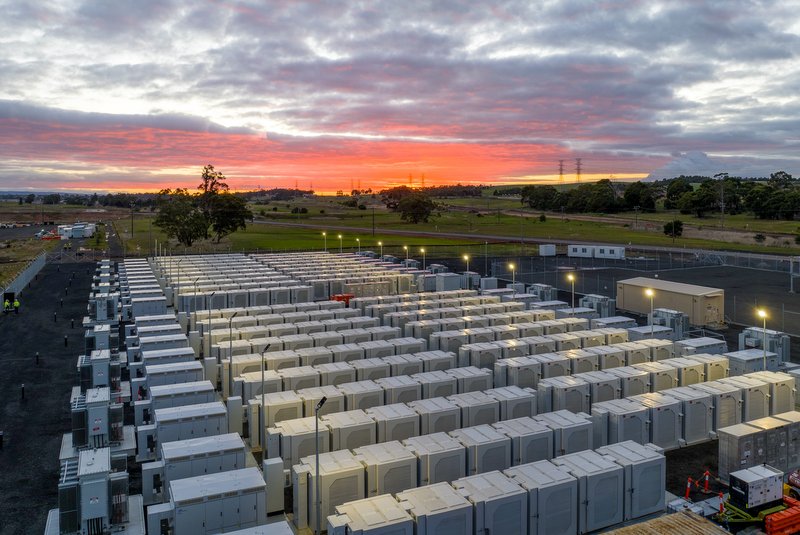AEE report identifies how solar energy growth clashes with government projections

Do official projections of renewable energy deployment and the impact of energy efficiency on electric demand growth capture market realities?
Within just the last few weeks, there have been a variety of reports and claims about the viability of solar power, both good (like this report on the PV utility market or this one on overstated concerns about renewable energy) and bad (like North Dakota denying Xcel Energy or Hanergy’s thin-film troubles).
So, this new report from the Advanced Energy Economy Institute (AEE), “Competitiveness of Renewable Energy and Energy Efficiency in U.S. Markets,” is arriving at the perfect time. The report states that renewable energy and energy efficiency are competitive resources in today’s marketplace that will not only be cost-effective mechanisms for compliance with EPA’s Clean Power Plan (CPP) but should also be expected to grow strictly on the basis of cost.
The report essentially looks at the the market today and the trends the last decade and contrasts the reality with the government projections now and in the past. The result is an apparent disconnect between the two.
Official projections of renewable energy deployment and the impact of energy efficiency on electric demand growth do not capture market realities, discounting the growth potential of these resources and the role they can play in state compliance plans for the CPP, according to the AEE Institute.
“Costs are dropping fast for wind and solar power, and energy efficiency is almost always the lowest cost way to meet new electricity needs,” said Malcolm Woolf, SVP for policy and government affairs for AEE. “There is every reason to believe that renewable energy and efficiency will play growing roles in electricity markets based on price alone. They can also help states reach their Clean Power Plan emission targets at low cost.”
The AEE Institute report shows that official government projections, made by the Energy Information Administration in its Annual Energy Outlook, consistently underestimate the growth rate of renewable energy, which leads to misperceptions about the performance of these resources in the marketplace. EIA projections fall short of actual renewable energy installations year after year, raising doubts about current projections that show little growth in wind or solar capacity stretching out to 2030.
For example, the installed generating capacity of solar power is likely to double between 2014 and 2016, based on market analyses that take into account actual projects in the pipeline. Yet in the AEO 2015 forecast, solar capacity does not double from its current level until 2026.
The same is true for energy efficiency, as official projections fail to capture the impact of efficiency investments on electricity consumption. Overall electricity demand growth has been consistently trending downward in recent years, in parallel with the rise in spending on energy efficiency, which more than tripled from 2005 to 2013. Retail electricity sales have also been flat to slightly declining since 2010, even as the U.S. economy grew about 9 percent in real terms between 2010 and 2014.
Yet the AEO 2015 projection shows future electricity demand growth steady at a little less than 1 percent annually out to 2040, discounting the potential that energy efficiency would continue to slow demand growth in the coming years.




